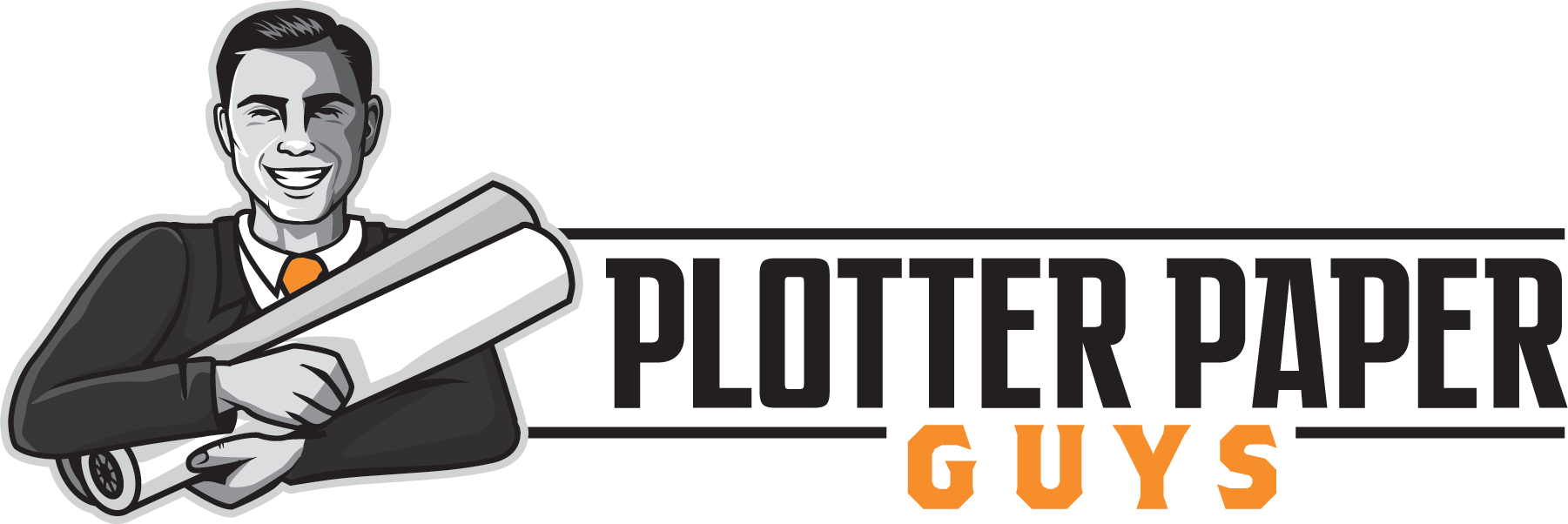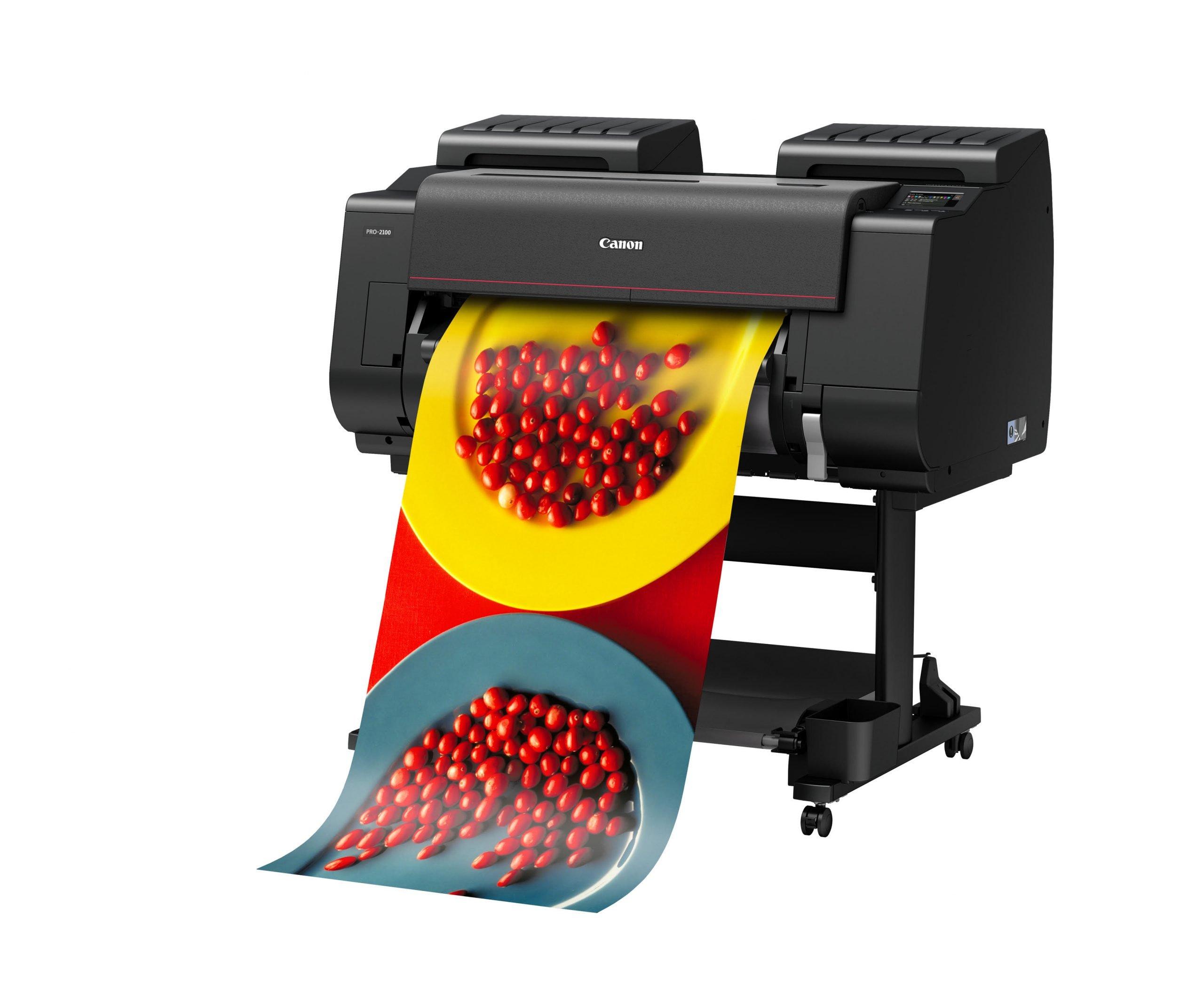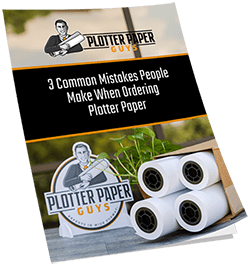Did you know that on average, large format printers can last around 720,000 feet of printing? During the time you have your printer, you’ll need to source quality materials to get the most professional designs and to get the most out of your printer. When you need to produce large prints with fine detail, Canon large format paper is a perfect choice.
This type of paper is available in rolls and is used with large format printers. It offers superior image quality and consistency, making it a popular choice for professional photographers, graphic designers, and businesses. Due to its flexibility with size, businesses that need a wider range and higher quality of printing would benefit from this form of print work.
In this article, we’re going to explain what large format paper is, why and when it’s used and how to use it. We’ll also provide tips on choosing the right type of Canon large format paper for your needs. Keep reading to find out how to enhance your large-form designs.
What Is Canon Large Format Paper?
Large format printing is typically used for materials that would be too big for standard printing and that require more specialized printing solutions and equipment. Also called wide format printing, it could be just about any size although it’s often seen at 24 inches wide most of the time.
Overall, the easiest way to understand what Canon large format paper is this: a roll of coated bond that is used with a large format printer.
This type of paper is available in different sizes and weights to accommodate various printing needs. It’s also available in glossy and matte finishes. Depending on your project requirements, choosing the right bond paper can be easy by breaking down what you need out of your project.
When selecting large format paper, it’s important to consider the weight, thickness, and finish that you need. The weight of the Canon paper will affect how durable it is and how well it resists curling which is important. The thickness affects how much ink the paper can hold without bleeding through, and the finish determines how the final print will look.
For example, if you need a large format paper that is durable and can resist curling, you’ll want to choose a heavier weight. A good example would be 120 g/m2 or higher. This weight of paper usually matches the consistency of what you would use for a good-quality poster.
The higher the grade though, the thicker the paper. Paper options of 210 g/m2 are another great example. This type brings thickness, premium options, and high-quality together. Once you’ve determined the smaller details that will help you make your decision, it’s time to select the right paper for your project.
What You Need to Understand About Wide Format Paper Weights
The term ‘gsm’ stands for grams per square meter. Basically, the higher the number, the thicker the paper. Let’s take a look at different paper weight options for wide format printing and general printing so you get a better idea of how they compare for different projects.
70 g/m2
This is one of the lightest papers available and is typically used for smaller indoor signs and POP displays. This is an example of more thin paper. You would often associate this with newspaper material.
80 g/m2
This is a slightly heavier weight that’s often used for posters, indoor banners, and temporary signage. This will fall within the area of more standard print materials. Oftentimes, this kind is bought in multi-packs.
100 g/m2
This is a standard weight that’s often used for smaller-scale flyers, photo prints, and presentation materials. The higher the weight option, the more it will be able to withstand general wear.
120 g/m2
This is a heavier weight that’s often used for documents that need to be laminated or mounted, such as menus and maps. This weight can often go hand-in-hand with the 140 g/m2 option.
140 g/m2
You would oftentimes use this grade for things like posters and banners or a variety of occasions. While you could use this type outdoors, you’ll want to keep in mind that this grade isn’t meant for long-term usage.
210 g/m2 and Higher
These weights are the thickest you can get for paper. You could think of card stock or other more thick materials at this grade. This is an option for high levels of quality.
The different weights of paper you decide on can create the depth of the experience your audience will have after you take your materials to print.
Why and When Is Large Format Paper Used?
Large format paper rolls are often used for different things. You could take banners and simple poster projects to the next level. You can also keep it versatile and create designs for indoor and outdoor uses.
Wide-format options give you more choices for print media which allows for simple expansion of your projects. There are a few things you should keep in mind before using large format paper though.
Make sure you know what the project is for and how long it needs to last. This information will make it easier to ensure your designs last longer and look their best.
You’ll also want to consider if your project will need to be laminated, exposed to the elements, mounted, or packaged in any special way. Overall, don’t forget to keep in mind how you want the final product to look.
Get the Right Materials From the Experts
When you’re designing and creating, you need more than just paper. You need problems solved, custom solutions to your end-product, and sometimes a bit of expert guidance along the way. When you need to create Canon large format prints, quality is key.
Working with The Plotter Paper Guys will provide you with high-quality films, papers, and solutions for graphics media with little to no effort on your part. Ready to get started? Talk to an expert today so we can help kick off your project.




